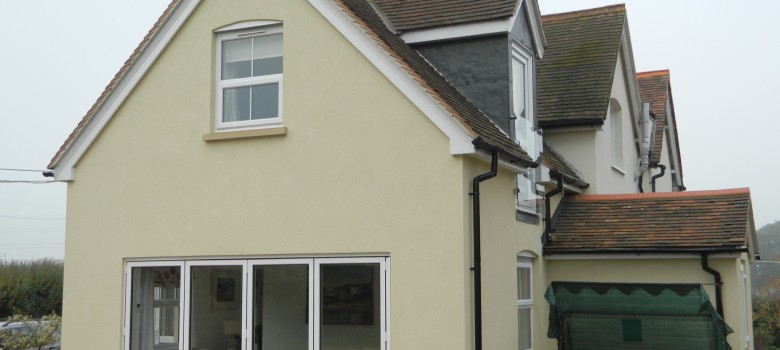
Old properties are notoriously difficult to modernise, but just last week we put the following touches to a property just south of Reading that has undergone a complete retrofit over the last 2 years. Back in November 2013 when we were first contacted by the Mottrams, they lived in a typical 1900s property – with only the presence of double-glazing and a heating oil boiler as their mod cons!
Over the last two years this period property has been completely modernised with the addition of solid wall insulation, a ground source heat pump, low energy LED lighting throughout and last week the solar panels were installed.
>>> Guide to LED lighting <<<
In this blog we are going to look at some of the improvements they decided to make to modernise their home along with the grants / Government subsidies that they have received / are due to receive over the next few years. Obviously many of these investments may not be suitable / feasible for everyone, but it is certainly interesting to see what can be done to bring an ageing property into the modern era!
The initial energy performance certificate
It was at the beginning of 2014 when Lizzie and Ed decided that it was time to modernise their period home, bringing it well and truly into the 21st Century – and at the same time making the house as eco friendly as possible.
We carried out the initial EPC back in January 2014 – and the house had an energy rating of just 43 – well below the UK average of 60. The detached house had solid walls, minimal insulation in the loft, suspended timber floors and an old heating oil boiler.
>>> Initial EPC carried out <<<
At the beginning of the process, Lizzie and Ed had two aims – firstly to increase the internal footprint of the home (by adding an extension) and secondly – and the reason for instructing TheGreenAge – was that they were looking to lower their energy bills through a more energy efficient house and a better heating system – their existing energy bills were close to £3,500 per year (for the oil and the electricity).

Choosing the right heating system to modernise their period home
The Mottrams live off the mains gas grid – when they bought the property it had a heating oil boiler. The oil was stored in a large tank outside the property and to be honest was rather unsightly. The main issue though was the cost of their heating. At well over £2,500 per year, this was definitely something they wanted to cut down on going forward.
Because they live off grid, a traditional mains gas boiler was off the cards, so their options were limited to some sort of electrical heating, a new LPG or heating oil boiler or a renewable heating source – so either solar thermal, a biomass boiler or a heat pump. All of these systems are potentially well suited to even older properties, although with the heat pumps, improving the thermal efficiency of the property is a must before any install takes place. Even with the other heating systems available to them, making the property more energy efficient obviously would help minimise heat loss and therefore result in lower energy bills.
Renewable heating systems tend to be more expensive to install than the more traditional heating systems, however energy bills post install tend to be much lower and of course you are doing your bit for the environment. A slightly less well known benefit of installing a renewable heating system however is that the Government pay you for producing hot water! The Renewable Heat Incentive is a payment made to the homeowner over a period of 7 years – and on the whole this covers the cost of installing one of these systems.
It became very apparent during our discussion with the Mottrams that renewable heating solutions were the way they wanted to go – so we did some basic RHI calculation to show them what they could expect in terms of returns. We discounted solar thermal because this would only supplement another hot water system – it would not be able to handle all the hot water / heating by itself.
We have illustrated these calculations for all the different technologies with the approximate install costs next to them.
RHI Calculation for an air source heat pump
Air Source Heat Pump – £9,000 to install.
1-(1/SPF) x annual heat demand from EPC = renewable hot water produced.
SPF stands for the seasonal performance factor – this is a measure of the operating performance of an electric heat pump heating system over a year. It is the ratio of the heat delivered to the total electrical energy supplied over the year. Put simply – the higher the SPF the better! You can learn more about the SPF by clicking below.
>>> Learn more about the SPF <<<
so continuing the calculation…
1-(1/3.5) x 25,980 (from EPC) = 18,549 kWh of renewable heat produced per year.
18,549 kWh x 7.30p (the RHI rate at the time) = £1,354 paid every year for 7 years.
TOTAL RETURN = £9,478 over the 7 years
Ground Source Heat Pump RHI Calculation
£22,500 to install
1-(1/4.5) x 25,980 (from EPC) = 20,206 kWh of renewable heat produced per year.
20,206 kWh x 18.80p = £3,798 paid every year for 7 years
TOTAL RETURN = £26,592 over the 7 years
Biomass RHI Calculation
Cost – £9,000
25,980kWh x 12.20p = £3,169 over the 7 years
TOTAL RETURN = £22,187 over the 7 years
Based on the figures above the biomass would be the clear winner, however the maintenance issues around biomass meant that the decision wasn’t quite so clear-cut.
>>> Ground source heat pump versus air source heat pump <<<
In fact, the Mottrams ended up going for a ground source heat pump to modernise their period property, because of the reliability of the system and because the efficiency is very stable throughout the year (air source heat pumps efficiency drops considerably in cold weather) – while they obviously require a huge initial investment, if you can find the funds to do this then in our opinion they are the way to go. In the picture below you can see the bore holes being dug for their ground source heat pump (2 x 122m holes!)
Maximising the RHI payments
One of the eligibility criteria for those looking to claim the RHI is that if loft and cavity wall insulation are recommended on the EPC they must be installed. Obviously if you do this you lower the heat demand of the property, so this actually lowers your RHI payment.
By the same token, we only recommend installing a heat pump in a very well insulated house, however if you do all the insulation work and then get an EPC carried out, the heat demand figure at the bottom of the EPC will be smaller and as a result your RHI payments will be smaller.
Therefore what we recommend is getting an EPC carried out before any works start – although after you have met the criteria mentioned above if they are applicable (e.g. install loft / cavity wall insulation if they appear on the EPC).
This will ensure you maximise your RHI payments – and this is exactly what we did with the Mottrams – we had to install loft insulation prior to starting any of the other works and get a new EPC produced.
Installing solid wall insulation
In March 2014 the works on the property started – one thing that was very important was to improve the thermal efficiency of the walls of the existing property. Obviously if you minimise heat loss from the roof (with loft insulation) and also via the walls then it will help lower the energy bills considerably.
Since the property was built pre 1900 it had solid wall construction (cavity walls tended to be built from around the 1930s) – therefore we had little choice but to use solid wall insulation – it was decided to go for external wall insulation to try and save the internal space and minimise internal disruption.
We recommended 100mm of EPS insulation to reduce heat loss through the walls – they used the EWI Pro system to insulate the house which is a BBA approved solid wall insulation system. This took the u-value of the external walls down to just 0.27w/m2k – better than a wall built to building regs today!
Since heat pumps produce hot water at lower temperatures compared to traditional heating systems it really is very important that they are only ever installed in well-insulated homes – so solid wall insulation and heat pumps really do go hand in hand.
The solid wall insulation was installed by one of our PAS2030 qualified installer partners Be Constructive – the process took approximately two weeks and the coloured render was used to match the pre-existing colour of the property before any of the works had taken place. The extension was also rendered (although no solid wall insulation was added because of the 100mm within the cavity).
>>> Look at some of Be Constructive’s other installs <<<
The heat pump was installed at approximately the same time as the solid wall insulation – We specified a 10kW Vaillant GeoTherm ground source heat pump, which comes with a 10-year warranty. In our experience this heat pump is just about the best available and therefore this tends to be the one we suggest for this size property. In terms of the pipework, due to space constraints we had to go with two 120m deep boreholes – laying these horizontally in the ground can be cheaper but you obviously need the space!
Internally, we installed underfloor heating downstairs in the property to emit the heat – we did however keep radiators up on the 1st floor. During the installation of the underfloor heating we took the opportunity to install 100mm of celotex PIR insulation.
So with the house now fully insulated and heated by the ground source pump, we looked to lower the energy bills in different ways. A simple solution was installing LED lighting throughout. We went for Lumilife 5 watt GU10 bulbs as they produce a nice warm light very reminiscent of their halogen cousins.
In total 47 bulbs were replaced – so the potential energy savings from doing this were considerable – obviously going from 2350 watts down to 235 watts is going to result in quite a saving!
Installing Solar PV
The final part of the transformation was last week when we put solar panels on their shed – unfortunately the main house didn’t have a suitable roof surface on which to get solar panels, however the shed roof was big enough to mount a 2.52kw system.
>>> See one of our solar PV case studies <<<
The 8 solar panels should produce approximately 2,200kWh of electricity every year – and since our install partners are all MCS certified the solar systems we install are all eligible for the Feed-in tariff.
In this case, the Feed-in tariff payments will cover the cost of the install within 8 years.
How do the numbers add up?
In total the cost of the eco works was approximately £37,000 – so a pretty serious investment, however under the GDHIF scheme, Ed and Lizzie received £6,000 towards the cost of the solid wall insulation.
In terms of the solar PV, they will receive around £10,000 via the Feed-in tariff over the next 20 years, however they will likely need to spend £1000 on a replacement PV inverter within that time. This only includes the generation tariff and export tariff (the two components of the FIT) – the energy savings are not included in this figure. It is worth mentioning for completeness that the Feed-in tariff payments do depend on the amount of electricity produced (and therefore the generation meter reading); for example the amount of electricity produced will be higher during a particularly sunny year and therefore the FIT payments would be higher.
In terms of the Ground source heat pump, the RHI payments are made over a period of 7 years – these are calculated off the EPC – the payment is £952 each quarter, so £26,656 over the entirety of the RHI.
If you add these sums up (£6,000 + £10,000 + £26,656) – it totals £42,656, far more than the initial outlay. This doesn’t take into account the huge energy savings resulting from the external wall insulation and the far more efficient heating system partially powered by the solar panels on the roof.
As a result of these improvements, the EPC rating has also seen a massive jump – the latest EPC can be seen by clicking the link below.
>>> Read the latest EPC report <<<
So there you have it, a period property brought well and truly into the 21st Century. The addition of solar panels, LED lighting, solid wall insulation, additional loft insulation and the ground source heat pump have made the house far cheaper to run. The outlay, while very large will be recuperated via the various Government schemes. It really is possible to do this on almost any house – if you would like to learn more please get in touch on 0208 144 0897 and we will see if we can help move your project forward.
Think we missed something? Do you have a different opinion?
Comment below to get your voice heard…
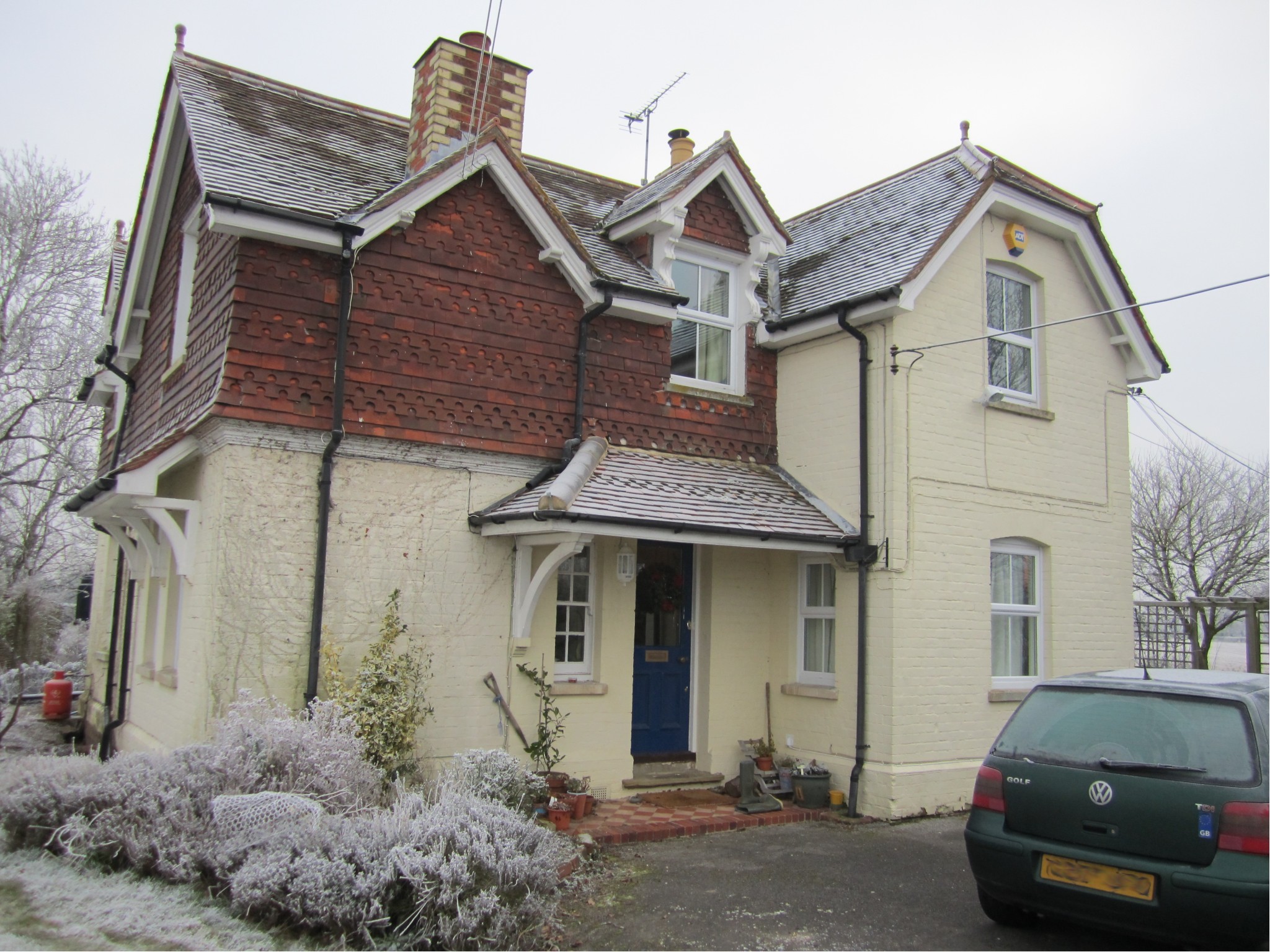

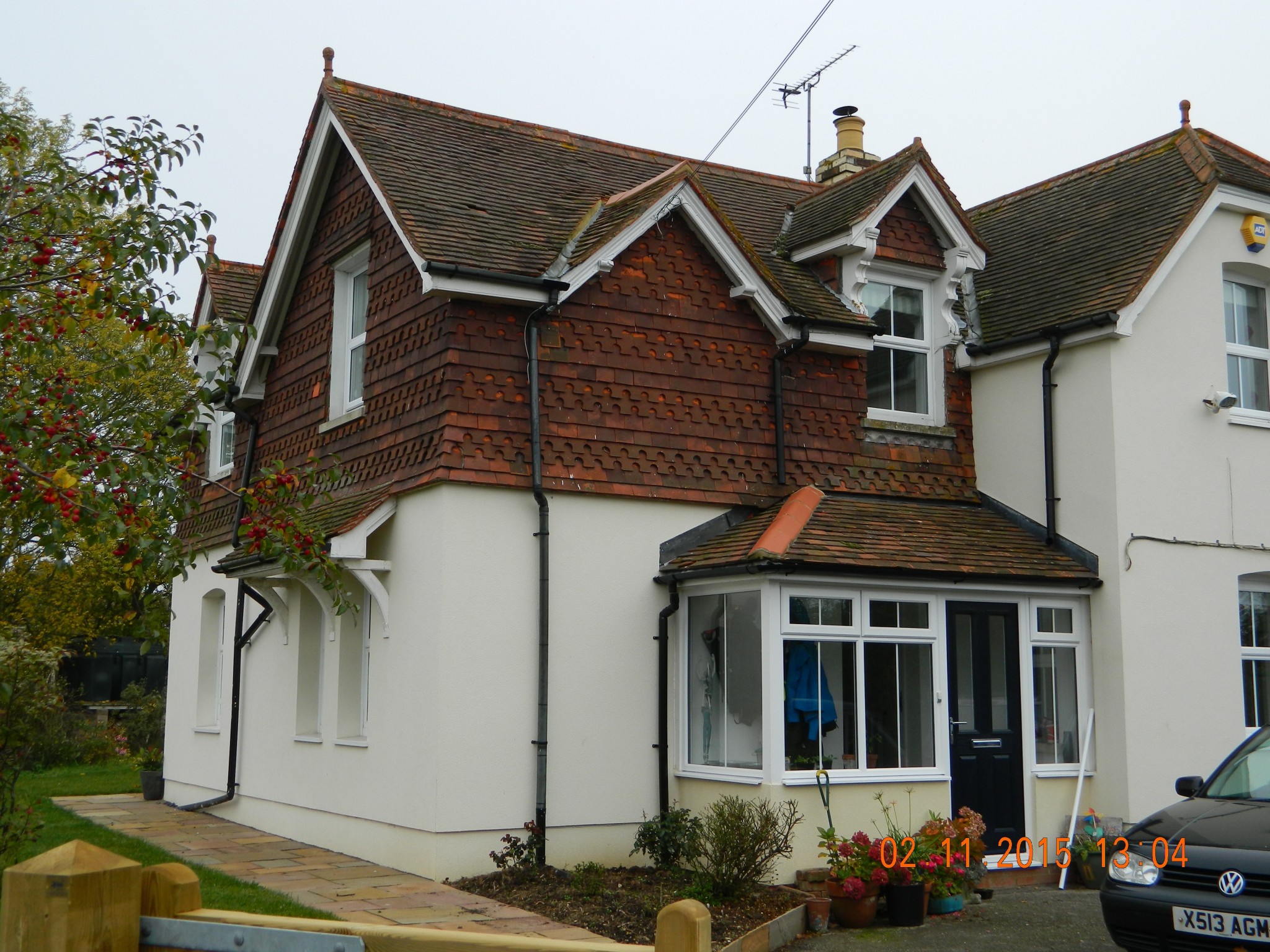
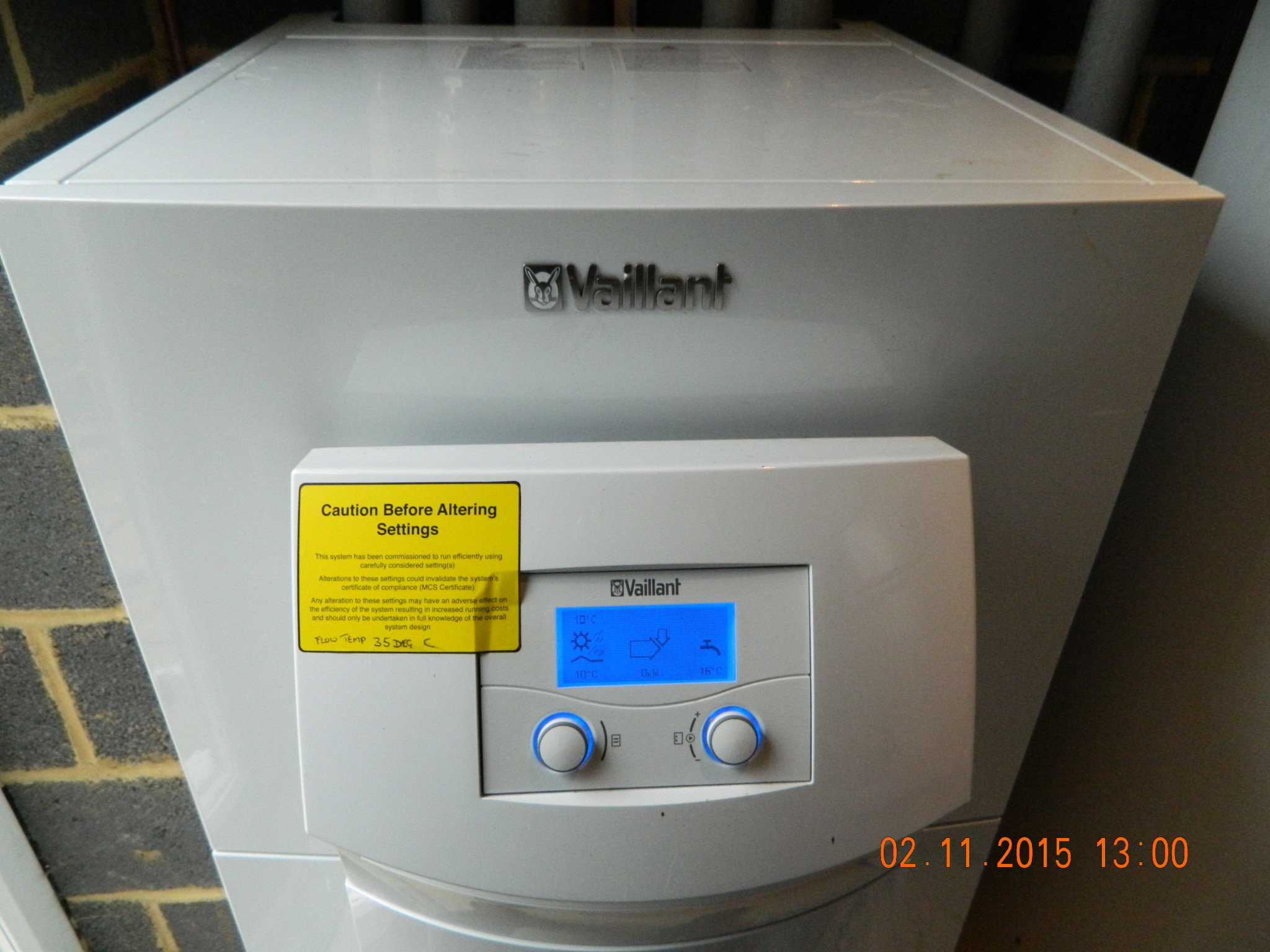
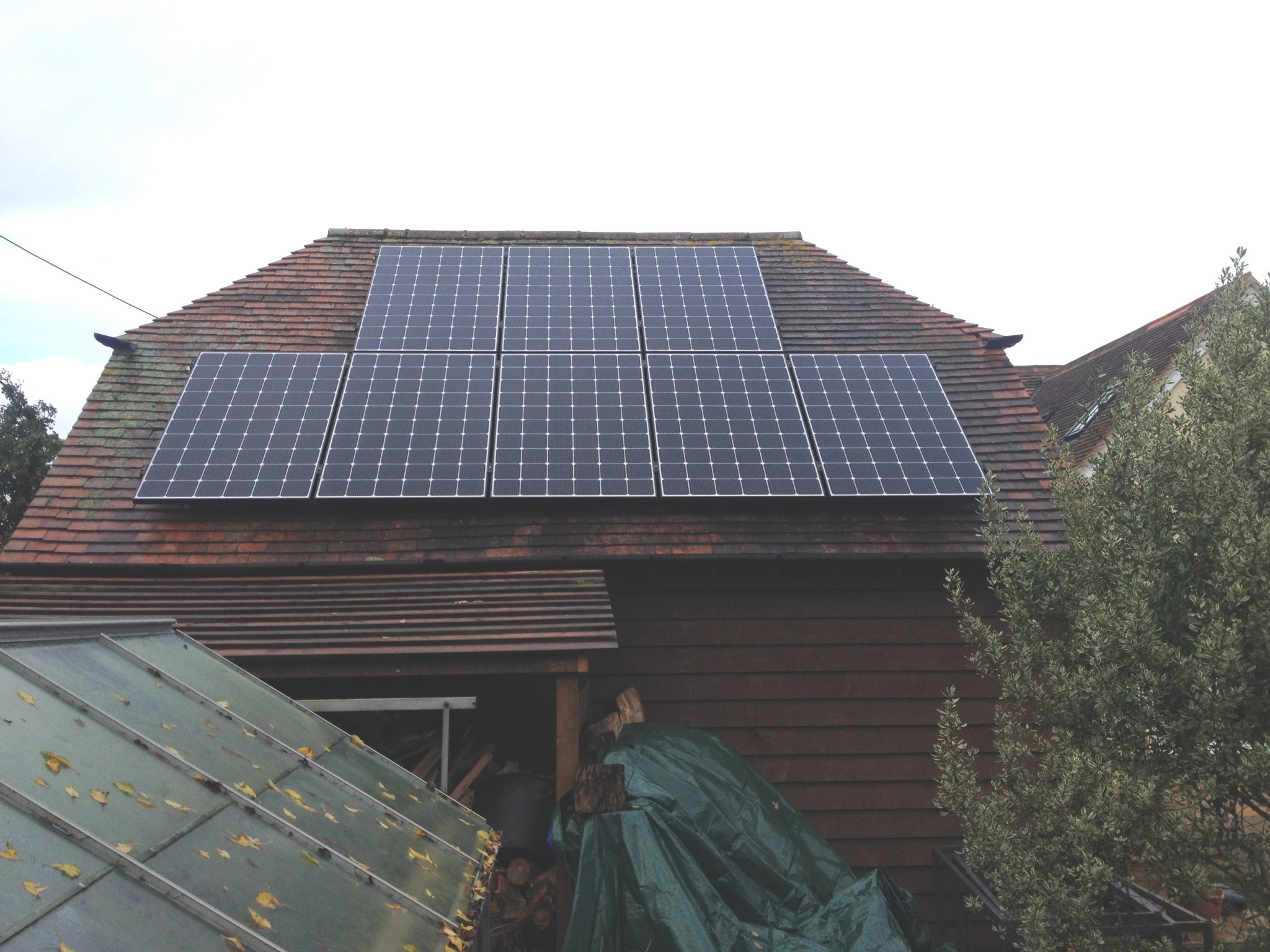





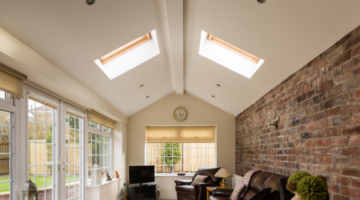
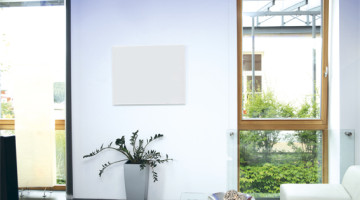





This is a great read. I want to do the same thing to my property but have no idea where to get started. My house isn’t as old. Looks like cavity walls but I wanted to ask whether worth putting solid wall insulation on external wall or wether cavity insulation will suffice. Reading On this site that cavity doesn’t have the best reputation.
Hi Dan, it is an interesting question. Typically older cavity walls have very thin cavities, therefore you are limited by the amount of insulation that can be added (or rather injected). Solid wall insulation is a great way of modernising a period property and bringing the thermal efficiency up to current building regs – 100mm of EPS will take the u-value down to under 0.3w/m2k. Obviously it will change the appearance of the property though – so that is something to bear in mind.
It is absolutely amazing what can be done to bring an old home into the modern era. We have a 1870’s property and I never would of though you could modernise it in this way. A fantastic read. Thanks for sharing!
Hi Lizzie,
Thanks for your comment. It really is amazing how many new products and renovation techniques have come along over the last few years. I recommend our customers get in touch if you are looking to bring your home up to current standards – we work with a big range of installers across the country and can help you!
Alan
GreenAge Team
Hello! This is a really useful page – we’ve just bought a 1939 house with no access to gas so deciding what to do! I know this was posted a while back, but do you also have details of the radiators / underfloor heating was used inside as I understand that larger radiators and or underfloor heating are needed with a heat pump?
It all sounds lovely (except the cost of course) but surely they will now be riddled with damp problems due to the house being too sealed up? Old properties rely on external airflow to a degree so that the moisture accumulated in old materials and building techniques can evaporate, which will very definitely not happen with that house now.